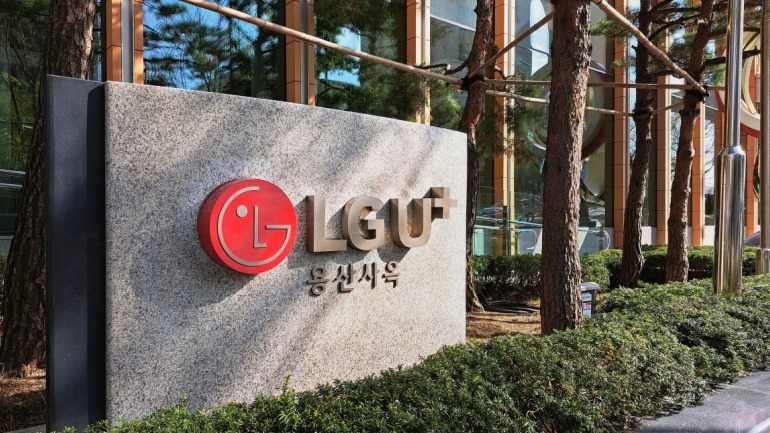The European Commission is urging its member states to collaborate on risk assessments for key technological domains. Four areas specifically pointed out include advanced semiconductors, artificial intelligence, quantum technologies, and biotechnologies. These sectors are of interest due to their transformative potential, relevance in civil and military contexts, potential to disrupt peace, and risk of human rights violations. This move can be seen as an effort by the EU to safeguard its sensitive technologies.
The Commission has not explicitly mentioned any country as a potential threat. However, speculation that they are referring to China is rife, given the ongoing tech battles between China and the US. For instance, the US recently responded to talks of an iPhone ban in Chinese government agencies. Furthermore, there is an ongoing initiative led by the US to eliminate critical mobile infrastructures supplied by Huawei in various European and non-European countries.
Thierry Breton, Commissioner for Internal Market, emphasized the need to cautiously monitor critical technologies and take necessary steps to safeguard strategic interests. Breton said, “Europe is adapting to the new geopolitical realities, putting an end to the era of naivety and acting as a real geopolitical power.” These geopolitical realities inevitably involve China, reflecting an east-vs-west tech rivalry.
Meanwhile, Chinese journalist Chen Weihua stated on Twitter, “EU is descending into a joke, a U.S. puppet.” Clearly, this initiative by the EU is causing ripples and sparking debates internationally.
However, the Commission is resolute in its stance. Member states are expected to begin their risk assessments before year end. The list of critical technologies also includes areas like connectivity, Open RAN, 6G, space navigation, robotics, and advanced materials. Anticipatory, post risk-assessment actions will solely be based on the assessment outcomes. The Commission made it clear that it will not preemptively decide on any measures yet. Ultimately, the goal is to protect European interests in the global tech landscape, taking cues from the current geopolitical climate.
Thus, the Commission’s move signals a stepping stone towards increased technological sovereignty, albeit with a few ensuing debates and speculation. The true intentions of the Commission and its subsequent steps will be revealed as the risk assessment process unfolds.







